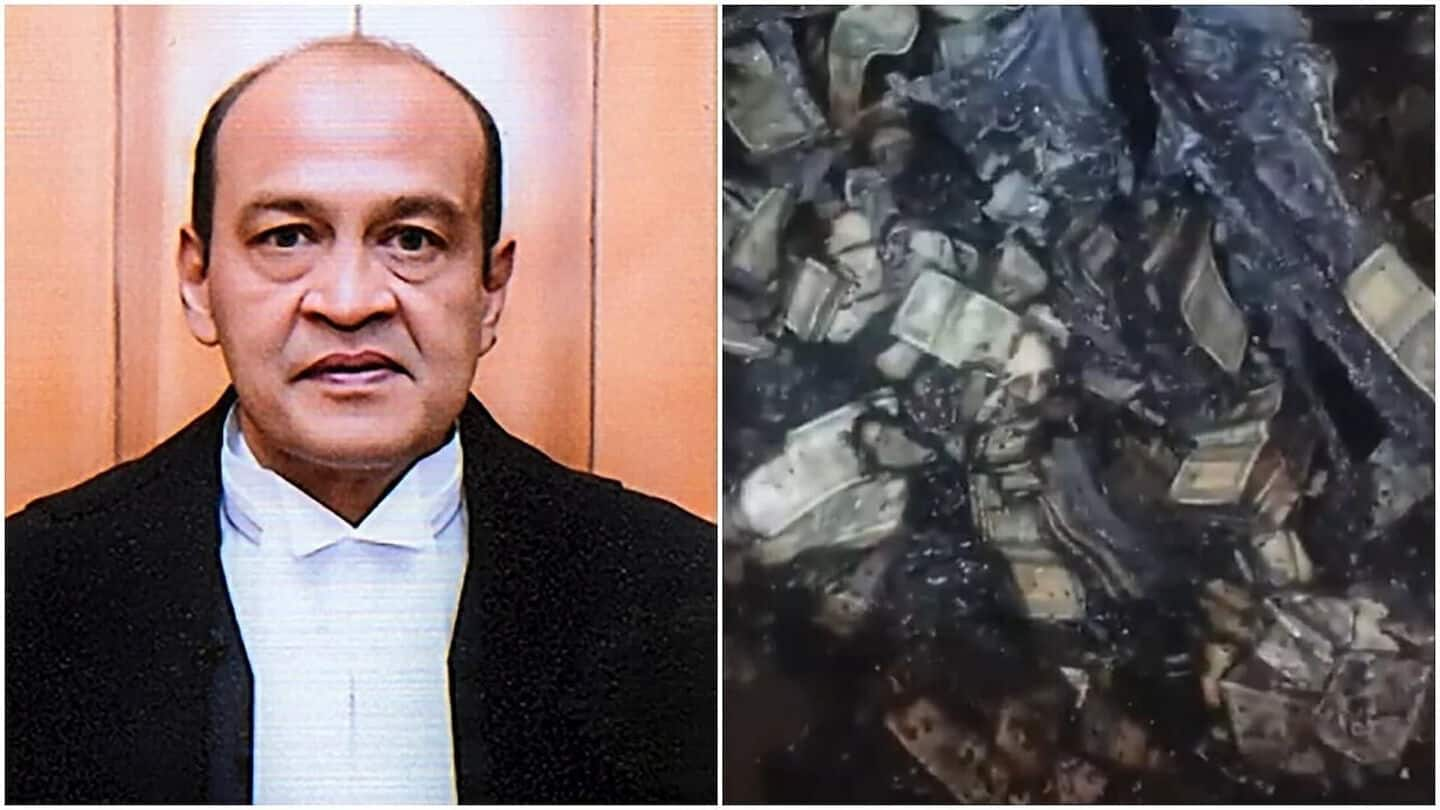
SC dismisses Justice Yashwant Varma's plea challenging his removal recommendation
What's the story
The Supreme Court has dismissed a petition filed by Allahabad High Court Justice Yashwant Varma challenging an in-house committee's recommendation for his removal following the discovery of unaccounted cash at his official residence. A bench of Justices Dipankar Datta and Augustine George Masih ruled that the procedure followed by the committee was legal and did not violate Justice Varma's fundamental rights.
Legal framework
In-house procedure legally valid, not outside constitutional framework: SC
The court said the in-house procedure is legally valid and not outside the constitutional framework. It also noted that the then Chief Justice of India (CJI) Sanjiv Khanna had followed due process in sending his report to the president and prime minister. The bench clarified that uploading photos and videos during the inquiry wasn't essential, as no objections were raised at that time.
Allegations dismissed
No merit in allegations made by Justice Varma
Justice Varma had alleged that the in-house inquiry was initiated without a formal complaint and the Supreme Court's press release subjected him to a media trial. However, the court found no merit in these allegations. It also left open the possibility for Justice Varma to raise future grievances through appropriate legal remedies if needed.
Case background
Controversy began with fire at Justice Varma's residence
The controversy started after a fire at Justice Varma's residence on March 14, which led to firefighters discovering unaccounted cash. Following this incident, an in-house probe was initiated by CJI Khanna with a three-member committee. The committee submitted its report on May 3, recommending Justice Varma's removal based on its findings.
Arguments presented
If delay in challenging constitutional provisions, it could be questioned
Senior Advocate Kapil Sibal, representing Justice Varma, argued that the in-house mechanism should only recommend action and shouldn't trigger impeachment proceedings. However, the court stated that the in-house process was implemented in 1999, and that the Chief Justice of India's office is more than just a post office. "If the CJI has material to believe that there is misconduct he can inform that and that he has informed the President and Prime Minister that is all," said Justice Datta.